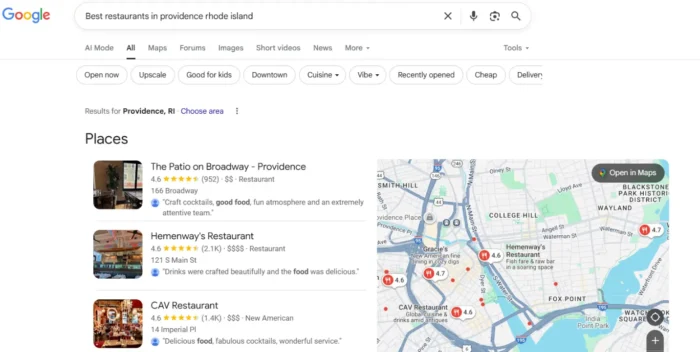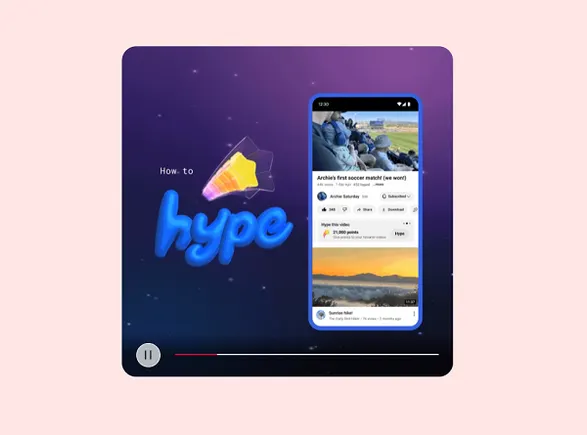Everything brands need to know about NFT marketing
Brands look to NFTs as a new way to connect with consumers and generate revenue.

It started with Beeple.
In March of this year, the artist known as Beeple was the first to create an NFT to be sold at a major auction house. The piece, a collage of 5,000 images that took 13 years to make, sold at Christie’s for a whopping $69 million. This ignited a flurry in the NFT market that has attracted the likes of mainstream brands looking to connect with younger consumers.
Here, Ad Age has compiled what advertisers should know about NFTs when it comes to branding and revenue opportunities, as well as some of the hurdles in creating these non-fungible tokens.
WTF are NFTs?
A quick primer: An NFT is a digital certificate of authenticity. It’s similar to taking a painting to an appraiser or a contract to a notary public, only it’s online. Any digital item, a JPEG, GIF, PNG, PDF, or anything that lives online, can be turned into a NFT.
Turning something into an NFT, for example, a Taco Bell taco, is known as “minting” or “tokenization” that typically uses the Ethereum blockchain as the underlying technology. Ethereum is a cryptocurrency like Bitcoin, and the blockchain is the digital ledger that records all activity around Ethereum like ownership and transactions.
More of an auditory learner? This "Saturday Night Live" rap has you covered.
How brands are using NFTs
As their popularity has grown, NFTs have been used by marketers in a couple ways, both to drive publicity and generate revenue.
Carl’s Jr and Hardees, for example, auctioned an NFT -- artwork that nods to its own risqué past -- with the proceeds going to a nonprofit. Pizza Hut dropped an NFT pixelated pizza slice as a way to promote four new pizzas.
Other brands are experimenting with NFTs as a form of revenue.
Fox’s newest show “Krapopolis” by Dan Harmon will have it’s own dedicated NFT marketplace where fans will be able to buy NFTs of characters, backgrounds, and gifs. E.l.f Cosmetics also rolled out nine makeup-based NFTs that sold for $5 to $9, comparable to what the real products would cost in stores.
While $5 doesn’t seem like a lot, the real revenue generation comes in resale. When an NFT is resold, the original creator gets a cut of the sale automatically.
That Pizza Hut NFT? It originally sold for .0001 Ethereum, or about 18 cents, but was quickly put back on the market for 5 Ethereum, or $8,824.07. Pizza Hut will get 1% of all future resales of its NFT.
NFTs have also been used to promote rebrands, and as a way for “classic” brands to work with new artists. Campbell’s Soup revamped its label to a cleaner, more modern look, commemorating the change with 100 NFTs with the help of artist Sophia Chang, who’s worked with Nike, Apple, and Puma.
DKNY brought together old and new mediums with its recent logo rebrand. The logo was inspired by an old DKNY mural in NYC, but was auctioned as a video NFT.
Both brands donated all of their auction proceeds to nonprofits.
New way to capitalize on IP
For large brands, NFTs are a great way to capitalize on vast pools of intellectual property.
The NBA had an inkling of the commercial value of NFTs well ahead of the market. The NBA and NBA Players Association in 2019 formed a deal with Dapper Labs to create NBA Top Shot, a digital platform for basketball fans to collect, trade and own moments from league history on blockchain via NFTs.
Coca-Cola revived some of its library IP when it auctioned a bundle of NFTs. The bundle was housed inside a fourth NFT that looks like Coca-Cola’s 1956 retro vending machine.
Who's down with NFTs? Ad agencies.
With NFTs proving to be the next marketing medium, agencies have found themselves adding new clients. For example, Coinbase, a multibillion dollar cryptocurrency exchange and trading platform, tapped WPP GroupM’s Wavemaker to help the platform reach new users.
Other agencies have taken a hands-on approach in showing clients the value of working with NFTs. Gary Vaynerchuck, CEO of Vaynermedia, launched a personal NFT project called VeeFriends, in which he auctioned 10,200 NFTs to fans with varying levels of perks culminating in a live event for the digital token-holders called VeeCon. He raised about $20 million. And a few months later, Vayner announced a new arm of the agency, VaynerNFT, and signed Anheuser-Busch InBev as its first client.
What are the barriers for entry—and pitfalls—of NFT technology?
Of course, there are still questions and hurdles when it comes to NFTs.
To start, the NFT marketplace isn’t the most stable. NFTs are typically backed by cryptocurrency, which are notoriously volatile. Price swings can change the value of NFTs, and an exuberant market can quickly turn into a bust—or make someone a lot of money—all within a short period of time.
Perhaps an even larger barrier, is that the technology is not quite accessible to the general public, who are often unfamiliar with cryptocurrencies and digital wallets.
Another issue facing NFTs and cryptocurrencies is the threat of environmental impact. Many cryptocurrencies are created using a process called “mining,” which can uses significant amounts of computing power.
Blockchains work on consensus mechanisms, which are how blockchains verify new transactions, add them to the blockchain and create new tokens. There are two kinds of consensus mechanisms: proof of work and proof of stake—the former uses enormous computing power, the latter is less taxing on the environment.
More brands have started looking into more environmentally-friendly NFTs, or launching NFTs along with Aerial, a sustainability platform that helps brands offset their carbon emissions caused by creating NFTs.

 JimMin
JimMin 
































